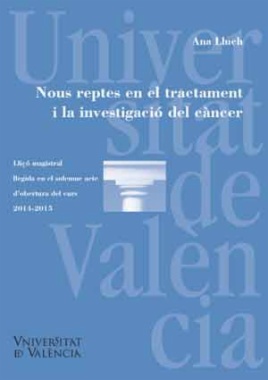
Estás filtrando por
Se encontraron 738 resultados en recursos

Compartir este contenido
Nous reptes en el tractament i la investigació del càncer / Nuevos retos en el tratamiento y la investigación del cáncer
Copia el enlace o compártelo en redes sociales

Como ser esclerótica y no morir en el intento
Compartir este contenido
Como ser esclerótica y no morir en el intento
Copia el enlace o compártelo en redes sociales
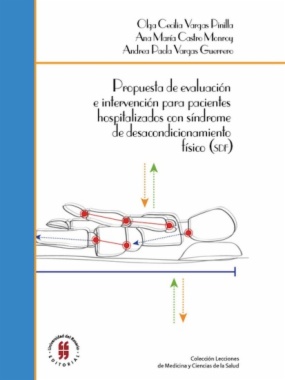
Propuesta de evaluación e intervención para pacientes hospitalizados con síndrome de desacondicionamiento físico (SDF)
Compartir este contenido
Propuesta de evaluación e intervención para pacientes hospitalizados con síndrome de desacondicionamiento físico (SDF)
Copia el enlace o compártelo en redes sociales
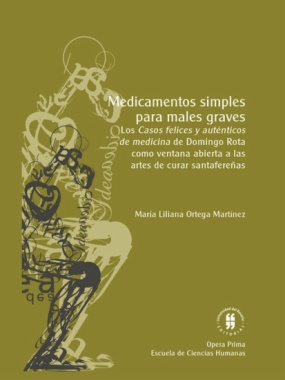
Medicamentos simples para males graves
Compartir este contenido
Medicamentos simples para males graves
Copia el enlace o compártelo en redes sociales

Acupuntura clínica
Compartir este contenido
Acupuntura clínica
Copia el enlace o compártelo en redes sociales

¿Se puede prevenir el sida?
Compartir este contenido
¿Se puede prevenir el sida?
Copia el enlace o compártelo en redes sociales

Tratamiento del drogodependiente con trastornos de la personalidad
Compartir este contenido
Tratamiento del drogodependiente con trastornos de la personalidad
Copia el enlace o compártelo en redes sociales
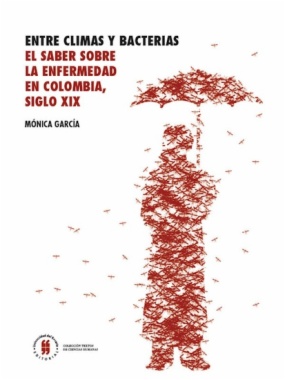
Entre climas y bacterias : El saber sobre la enfermedad en Colombia, siglo XIX
Compartir este contenido
Entre climas y bacterias : El saber sobre la enfermedad en Colombia, siglo XIX
Copia el enlace o compártelo en redes sociales

Soltando amarras
Compartir este contenido
Soltando amarras
Copia el enlace o compártelo en redes sociales
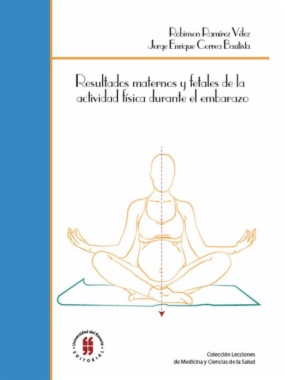
Resultados maternos y fetales de la actividad física durante el embarazo
Compartir este contenido
Resultados maternos y fetales de la actividad física durante el embarazo
Copia el enlace o compártelo en redes sociales
Selecciona las Colecciones en las que vas a añadir el contenido
Para consultar los contenidos añadidos busca la opción Tus colecciones en el menú principal o en Mi perfil.
